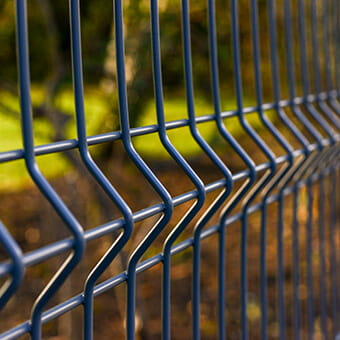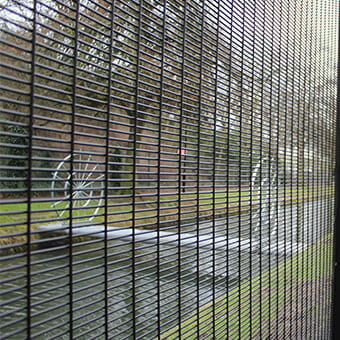Our other sites:
Given the number of heatwaves we’ve experienced in the UK over the past couple of years, it should come as no surprise that the number of people swimming outdoors has increased considerably. This normally isn’t a problem, with most people erring on the side of caution when it comes to taking the necessary measures required to stay safe. Issues do tend to arise, however, when people choose unsecured bodies of water to swim in.
For example, while reservoirs look calm and inviting – huge bodies of crisp, clean water which in the summer months seem to provide welcome relief from the warm weather – they are not designed for swimming. Being, as they are, manmade structures built to store large quantities of water for flood control, water supply or hydroelectric power, they are often extremely dangerous. And Just like other manmade waterlogged bodies such as quarries and canals, reservoirs carry a whole host of pitfalls which both inexperienced and experienced swimmers alike may not be privy to.
These dangers include:
The logical answer to this conundrum would be to warn people of the dangers, but like anything which is bad for our health, information campaigns can only take us so far.
So, how can reservoirs be secured so that swimming access is more stringently controlled? One council area in Staffordshire has opted to use temporary fencing to prevent access to a local reservoir before they decide on a permanent solution, and indeed, in many cases fencing is being used as a long term fix. Fencing, can be used to limit access, stop swimmers, and prevent accidental falls. It also creates a visual deterrent, warning people of the dangers ahead, particularly when combined with signage.
Of course, complete prevention of access isn’t always the answer, since some reservoirs are in popular beauty spots, and fencing which is unsightly or which imposes on the landscape can affect everything from tourism to antisocial behaviour. In such cases, mesh fencing or metal railings are ideal as they allow for visibility of the water body at a safe distance, whilst transparent fencing is recommended for security monitoring, maintenance, and observation purposes as well.
From a practical standpoint, engineers need access to reservoirs from piers so that an optimum level of maintenance can be achieved. Reservoirs are also often attached to utilities sites, making blanket access prevention an untenable solution for securing utilities. All reservoirs are different and need risk assessments of their own to determine the best individual method for security, considering everything from fencing, security toppings, PIDS, and better signage.
To find out more about how Jacksons Fencing work to find the best fencing solution for you, get in contact with us and one of our advisors will be happy to talk you through the process. And if you fancy a dip, here is an excellent resource for safe open water swimming locations around the country.
Related products
Jacksons Security has a range of products relating to this article, all complete with our 25 year service life guarantee. If you cannot find the item you are looking for, please do not hesitate to call our friendly sales team.
Related Content
Top






